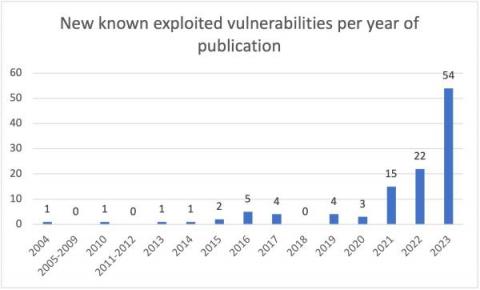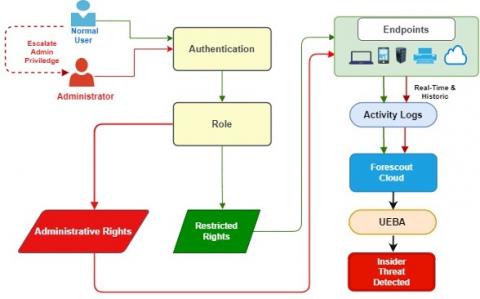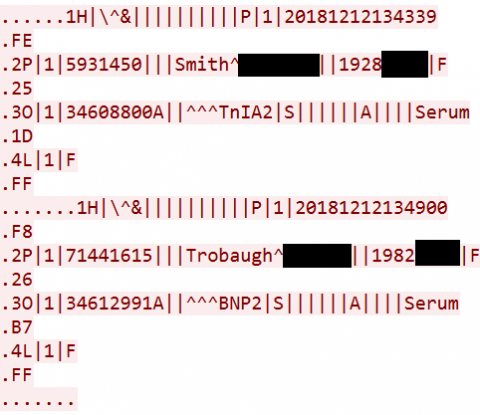Hack the Building 2.0 Hospital - Training New Cybersecurity Talent
This year for the 13th year in a row, the healthcare industry continues to experience the most expensive data breaches worldwide, at an average cost of nearly $11 million – double the cost for the next-highest industry, finance. That’s not surprising; ransomware attacks on hospitals and health systems are constantly in the news. Add to that the cybersecurity talent shortage, which is especially acute (pardon the pun) in the healthcare industry.








